Changing scenery for adaptable animals and plants
Natural ponds are small, stagnant bodies of water whose water content depends very much on precipitation or the groundwater level. They are shallow and can therefore easily dry out in summer. As a consequence, the living organisms in a pond must have strategies to cope with changing water levels and temporary drying. The vegetation is thus often characterised by moisture-loving grasses and so-called „amphibious“ plants. The latter are able to adapt their growth form to the water level and can thus develop into terrestrial, marsh or aquatic plants.
The shallow pond water heats up quickly and thus forms a popular spawning ground for many amphibians. In addition, the tadpoles can develop here from the spawn without their biggest natural enemies, the fish.
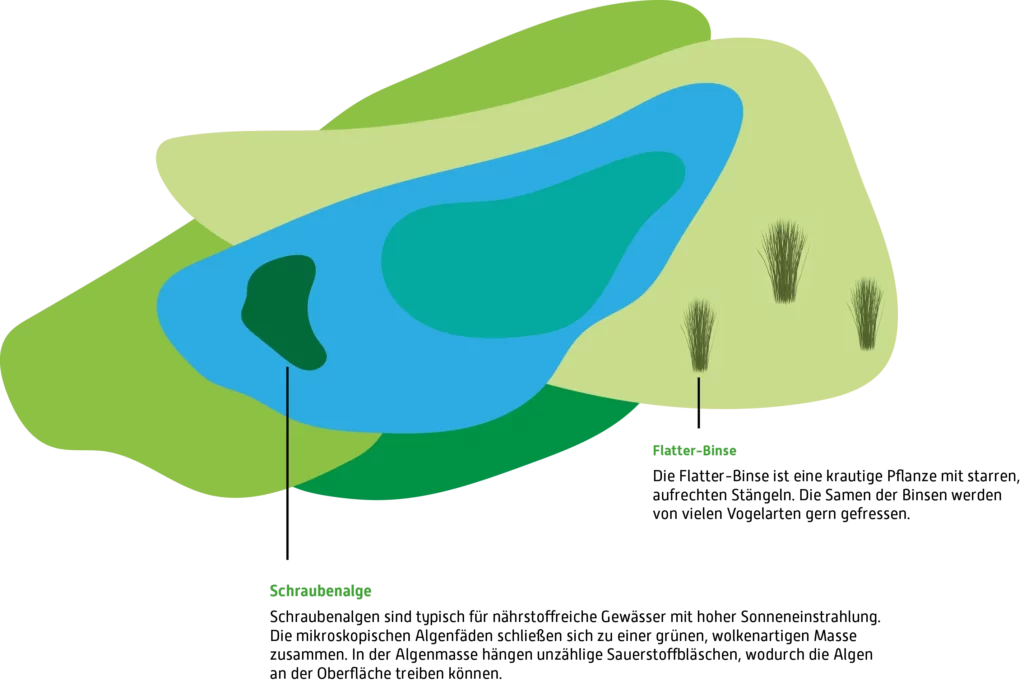
Ponds
- are unique habitats due to the fluctuating water level.
- provide an livelihood for endangered amphibians (e.g. frogs, salamanders, newts) and amphibian plants (e.g. buttercups and pine fronds).
- prevent flooding by absorbing water when it rains.
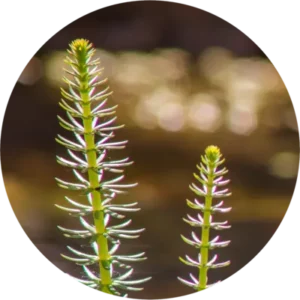
Despite the similarity, the Common mare‘s tail is not related to conifers, nor to horsetails, but belongs to the plantain family. It can surface in shallow water or grow in its aquatic form at depths of up to 7 m.
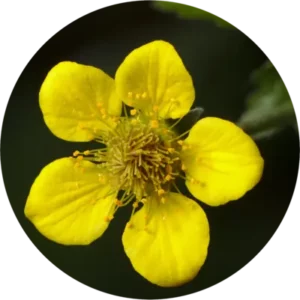
When injured, the lesser spearwort releases a toxin that causes a burning sensation when it comes into contact with the skin. The substance is found in lower concentrations in all buttercups and thus deters predators.
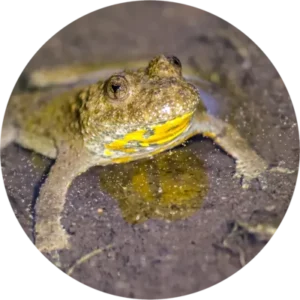
The yellow-bellied toad bears a dense, yellow spot pattern on its belly that warns of its skin toxin. When threatened, it bends its limbs towards its back so that predators can see its belly.
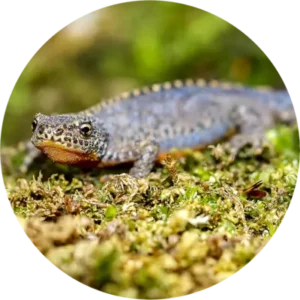
The Alpine newt is often found here in spring during spawning season. During this time it changes its appearance to the „swimsuit“, which makes it easier for it to live under water. Afterwards, it leaves the pond and resumes the „land suit“.